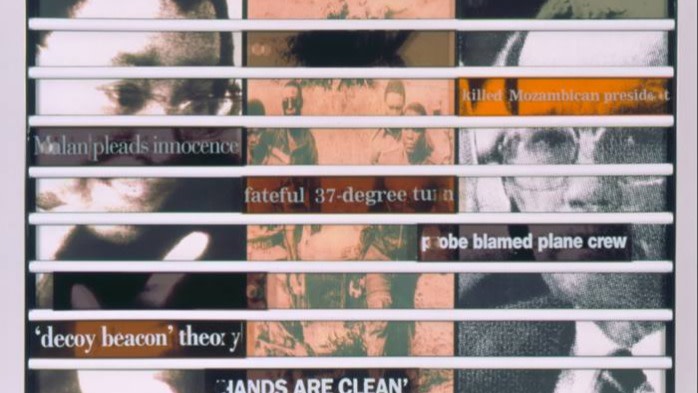IB DP History Class: Artist Sue Williamson explores South Africa’s painful history

Roula Khalaf, Editor of the FT, selects her favourite stories in this weekly newsletter.
This article picked by a teacher with suggested questions is part of the Financial Times free schools access programme. Details/registration here.
Specification Significance
Connections with the DP History Key Concept: Significance. Prescribed subject 4: Rights and protest — Case study 2: Apartheid South Africa (1948—1964). World History Topic 9 — Emergence and development of democratic states (1848—2000)
Key terms and ideas Truth and Reconciliation Commission, Oppressors and Oppressed, Art, Archives
Click to read the article below and then answer the questions:
Artist Sue Williamson explores South Africa’s painful history
This story explores the challenges that exist in trying to tell a history of apartheid using evidence from South Africa’s Truth and Reconciliation Commission (TRC). Whilst the TRC was praised for unifying the country, “this often came at the expense of justice, accountability or prosecution.” The story describes how the TRC is now viewed “with misgivings by many younger South Africans”.
Giving equal voice to both oppressor and oppressed creates many problems for the survivors and historians. It allows for contradictory versions of what happened which can be “uncomfortable, unworkable, unresolved.” The artist Sue Williamson tried to show this in her work “Truth Games”, an art installation showing testimonies from both sides where “you need to move the words around, a process that reveals some archival details while obscuring others.”
Was the TRC right to give equal voice to all sides from apartheid South Africa?
Should the voices of both oppressors and oppressed be considered equally significant?
How can historians resolve the often unworkable contradictions that result from this kind of approach to documenting the past?
Ned Riley, historyrising.net
Comments